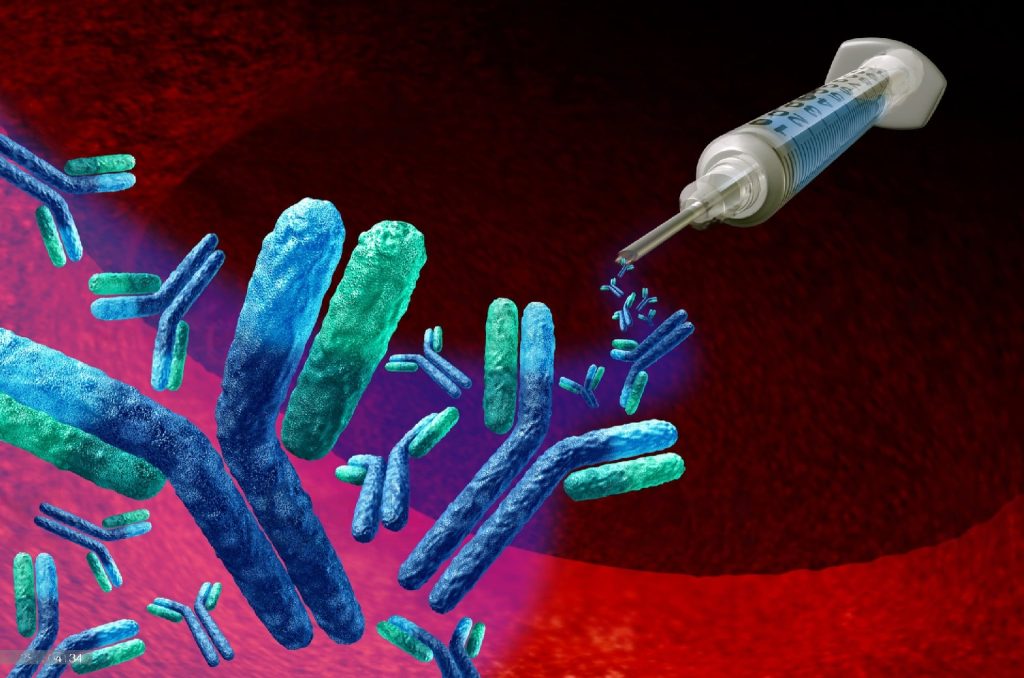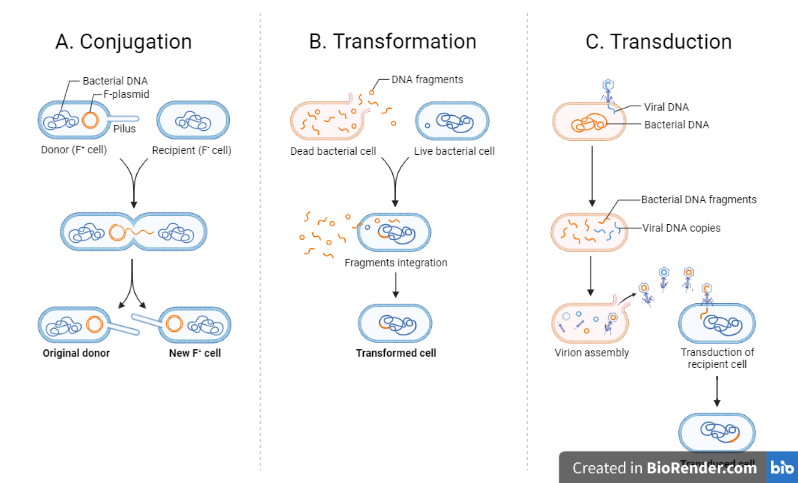Viruses- Introduction, History, Features, Classification, Diseases
Introduction: A virus is a microscopic infectious agent that can cause diseases which is able to utilize the synthetic machinery of the living cell of another organism for its multiplication. Virus are the smallest living organism ranging from about 20nm to 300nm that are about 50 times smaller than bacteria approximately. They are too small […]
Viruses- Introduction, History, Features, Classification, Diseases Read More »





